Think Like a Dog Trainer. Part 9: In the Pet Store
By Jess Rollins
Copyright Info

This is part 9 of a multi-part article designed to alert you to the many of the potential pitfalls of living with an untrained dog and how to best cope with them. In each description of a potential problem, I will outline how you can prevent it, how to teach good behavior, and what to do as an immediate response if you find yourself in a situation where you need to quickly stop him from misbehaving. Ideally, you will proactively prevent your dog's misbehavior and hence will not have many "Ack, STOP that!" moments. Using the "immediate responses" below more than a time or two each day could set back your training efforts with your dog and prevent him from learning how to behave politely. Therefore, if you find yourself relying on them too heavily, simply increase the prevention you are doing and make sure that your rewards for good behavior are truly rewarding to him. The immediate responses below are designed to interrupt your dog without either rewarding his misbehavior or frightening him.
Part 9: Visiting the Pet Store
The pet store can be a great place to socialize a dog over 4 months and to practice your training. If your dog is under 4 months you can safely bring your dog into the pet store for socialization by placing him on a towel in the cart.
Since the pet store will likely be very distracting for your dog, I recommend that you bring along your very best treats to reward good behavior or to use as a lure. For your first few visits, consider having your dog wear a front-attachment harness or head collar for extra control and make sure that he has recently pottied to prevent embarrassing accidents.
I don't recommend that you allow doggy-greetings in this tight space since the dogs are confined by the aisles and their leashes and this confinement may cause them to feel anxious and not get along. Take your aggressive dog deterrent spray in the rare case of serious conflicts.
Potential problems to be alert for:
Pulling towards other dogs or people
- Prevent: NO-PULL-GEAR* (*Words in all caps are described in the key at the bottom of the page).
- Immediate response: WALK-AWAY. I don't that recommend you try to pass another dog in close quarters since there is not enough space for the dogs to greet each other properly.
- Train: LEASH-MANNERS and HEEL
Barking at people or dogs
Your dog may bark in the pet store either because he is afraid of others or he is so excited to see them he can't contain himself.
- Prevent: If possible avoid areas of the store that cause him to bark in such excitement that he will not pay attention to you.
- Immediate response: WALK-AWAY. Consider contacting a professional trainer for individual help. If your dog cannot calm down, it is best to leave the store.
- Train: QUIET
"Stealing" store items
- Prevent: Keep a look-out for items at nose level, especially the bulk chew toy aisle.
- Immediate response: DROP-IT (or get out your credit card!)
- Train: LEAVE-IT
Jumping up on people
- Prevent: RESTRAIN
- Immediate response: NO-JUMP
- Train: 4-ON-FLOOR
Interest in small animal cages
Be extra attentive when walking your dog past birds and small animals
- Prevent: Avoid the small animal cages if you suspect that your dog will frighten them or be difficult to control.
- Immediate response: WALK-AWAY
- Train: HEEL and LEAVE-IT
Lifting his leg to mark with urine
- Prevent: Don't let him get too close to vertical surfaces like walls and posts. Make sure he is "empty" before you go in - although some dogs seem to always have a reserve supply for marking!
- Immediate response: ACCIDENT
- Train: HOUSETRAIN
Fear of slippery floors or automatic doors
- Prevent: Get your used dog to all types of floor surfaces by taking him or her to lots of places and feeding treats for calm behavior. Stand near the automatic door and let your dog watch and feed your dog treats when the door opens.
- Immediate response: Feed your dog lots of treats for first experiencing the door and the floors and take it slowly. If your dog is too frightened to take treats then it is probably best not to push your dog and instead leave the store.
Key:
|
Instructions: |
|
|
4-ON-FLOOR |
Click for more information on teaching your dog to greet people politely without jumping up. |
|
ACCIDENT |
Clap your hands to interrupt him and then take him outside to finish. |
|
HOUSETRAIN |
Click for instructions on how to train your dog to relieve himself where you would like him to. |
|
DROP-IT |
Ask him to "drop it". If he does not yet know "drop it", show him a treat to induce him to open his mouth. If he still won't release the item, force his mouth open using the technique described here. Click for instructions on how to train your dog to "drop it". |
|
HEEL |
|
|
LEAVE-IT |
|
|
LEASH-MANNERS |
Click here for instructions on how to teach him to walk beside you on a leash without pulling. |
|
NO-PULL-GEAR |
Use a front-attachment harness or head collar for better control. |
| QUIET | Click here for instructions on how to teach your dog to be quiet. |
|
RESTRAIN |
Restrain him with your leash or avoid approaching people until he has learned how to greet people without jumping up. |
|
WALK-AWAY |
Put a treat to his nose to get his attention and lead him away with it. Feed him the treat once he has calmed down. If he is ignoring the treat just lead him away with the leash. |
Click for Part 8: Going for a Walk
Click for Part 9: Going to Visit Friends






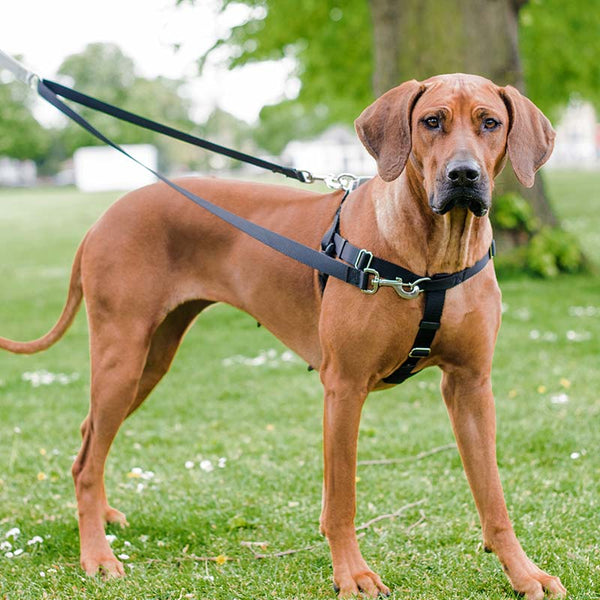

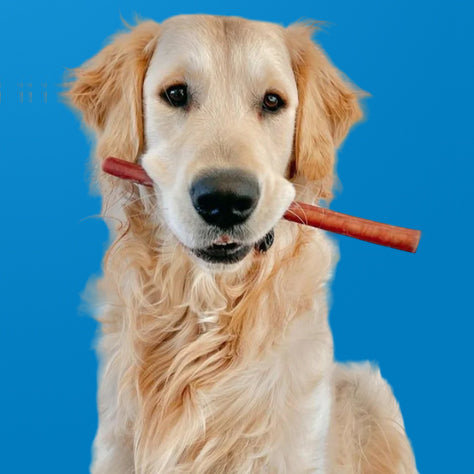
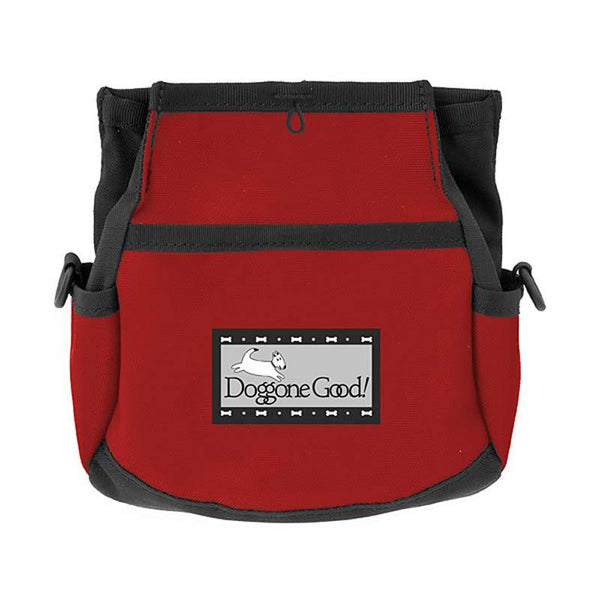

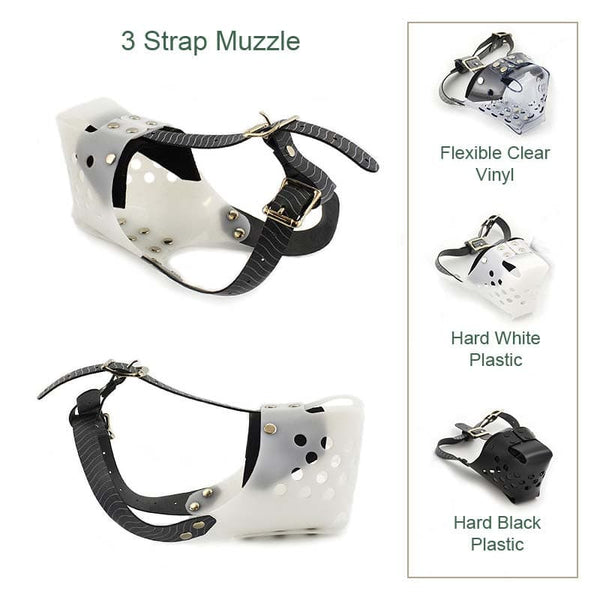


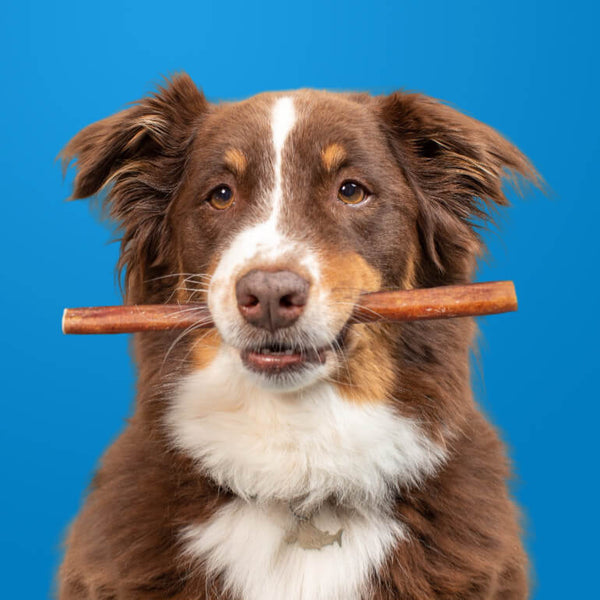
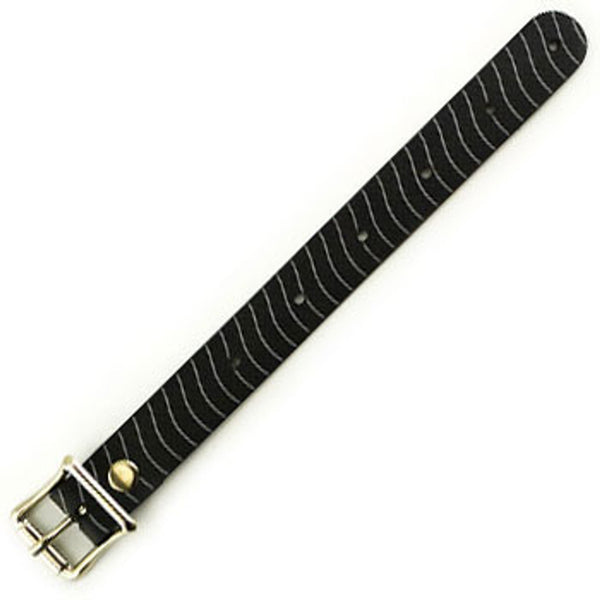
Hello petexpertise.com administrator, You always provide useful tips and best practices.